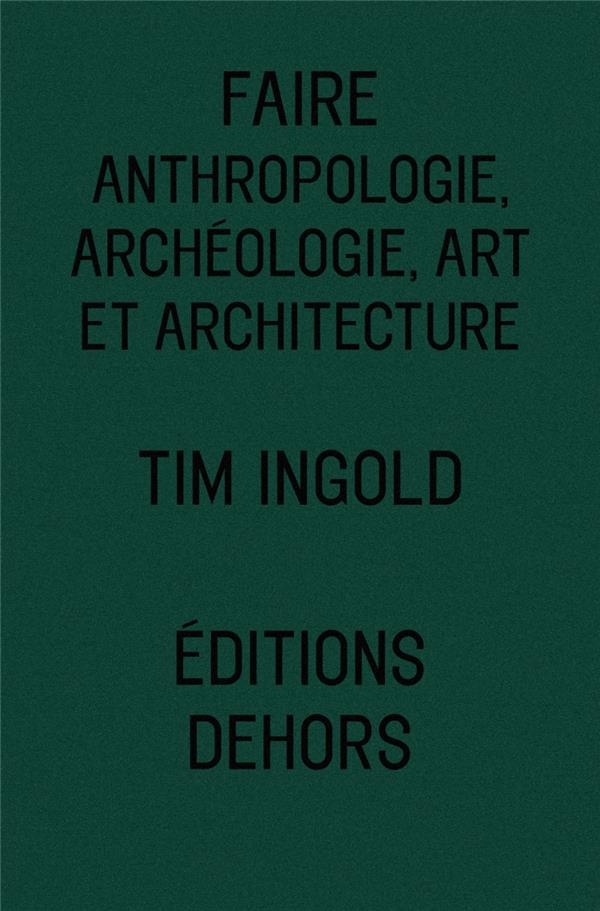What do you think?
Rate this book


320 pages, Paperback
First published March 1, 2012
Then we realized that it was actually this resistance, the friction set up by branches bent forcibly against each other, that held the whole construction together. The form was not imposed on the material from without, but was rather generated in this force field, comprised by the relations between the weaver and the willow.
the lines of the network are connectors: each is given as the relation between points, independently and in advance of any movement from one towards the other. Such lines therefore lack duration: the network is a purely spatial construct. The lines of the meshwork, by contrast, are of movement or growth. They are temporal ‘lines of becoming’ (Deleuze and Guattari, 2004)